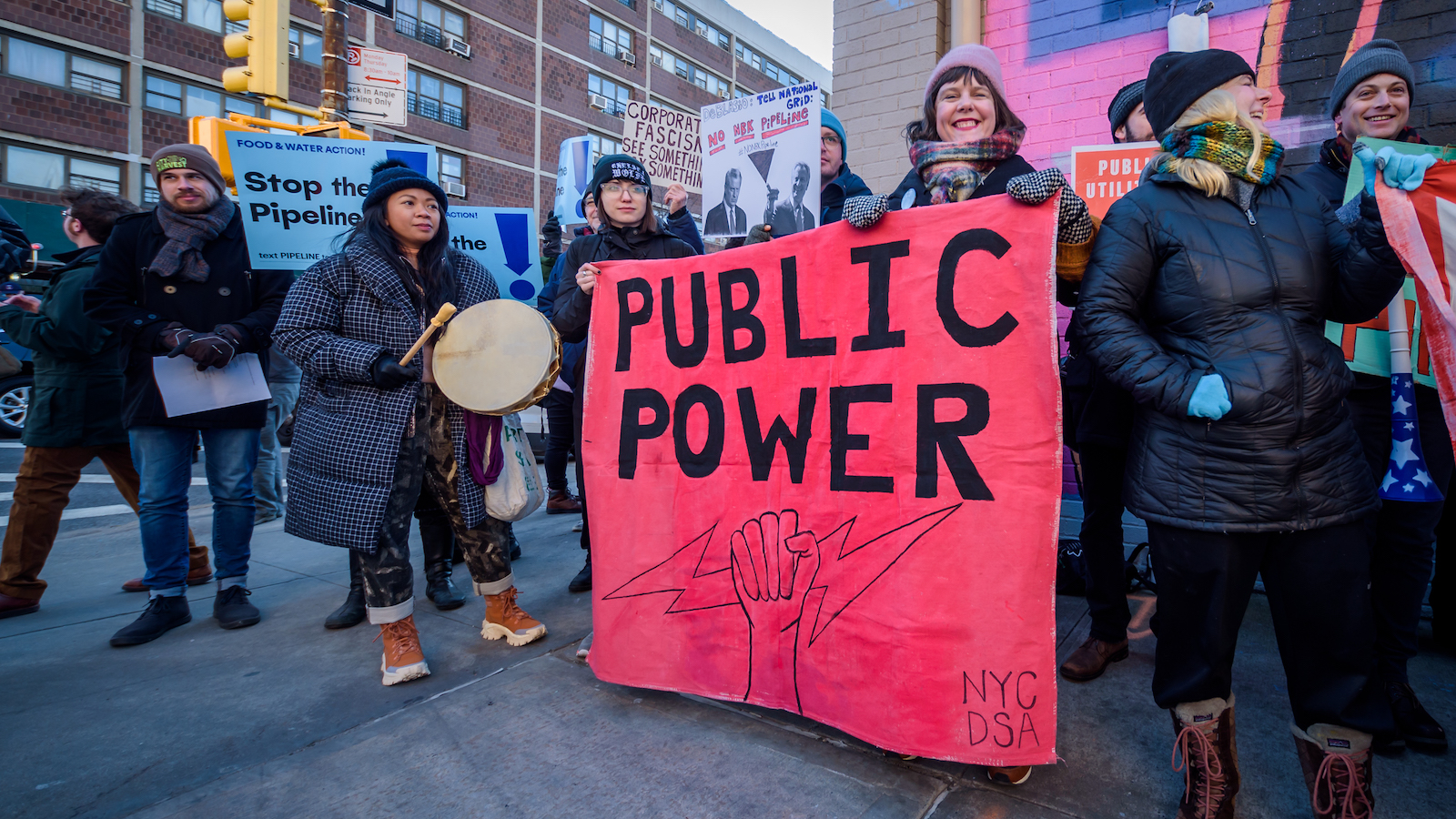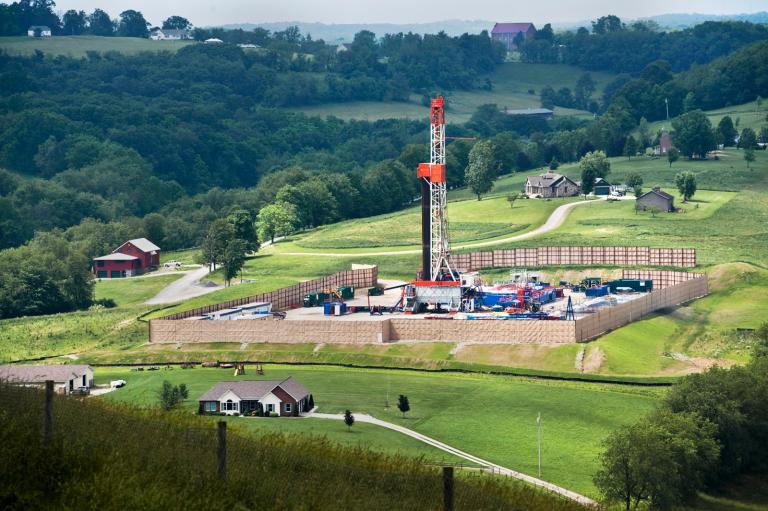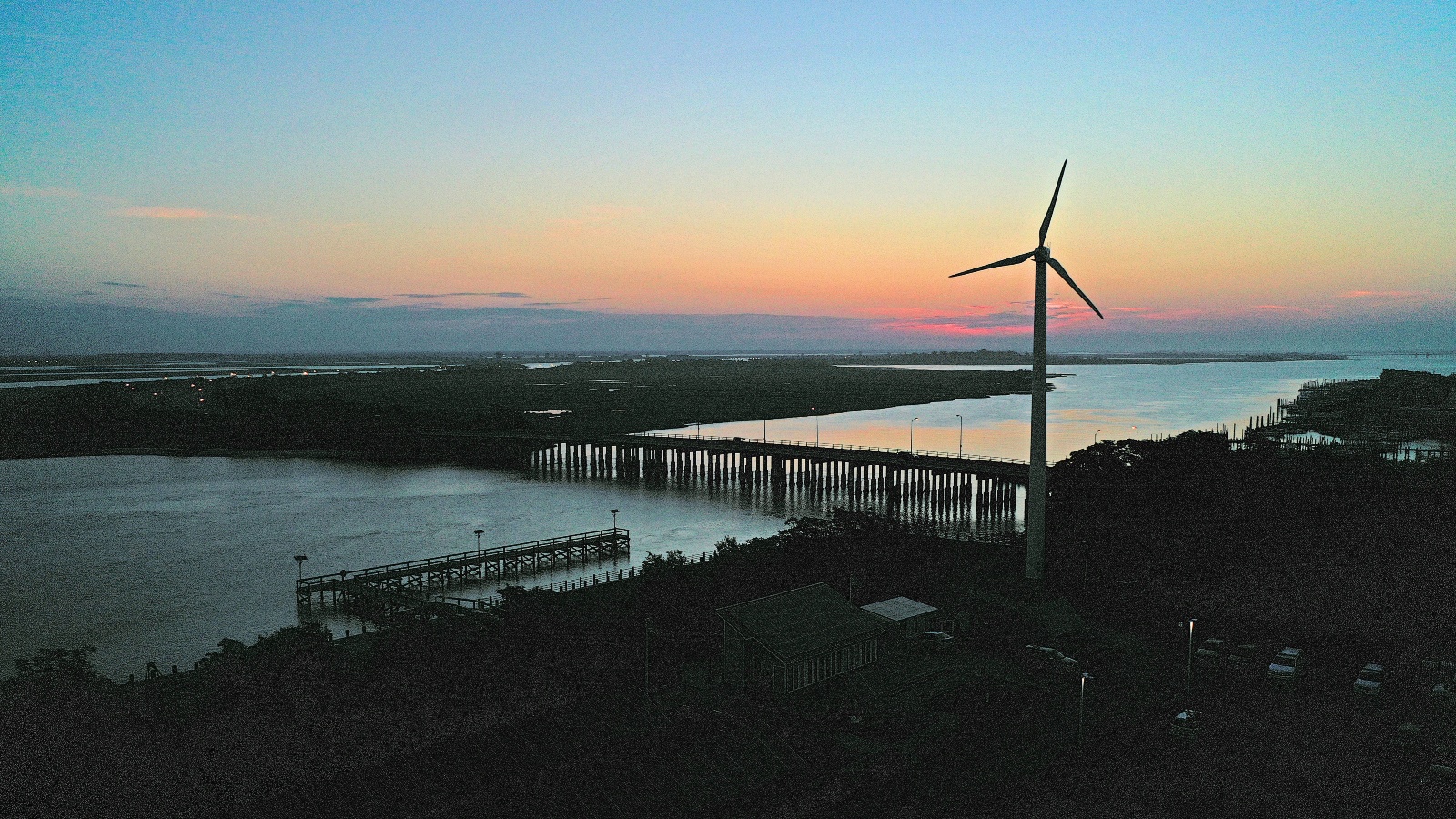On Tuesday, New York lawmakers passed a law that, for the first time, authorizes the New York Power Authority — the largest state public power authority in the U.S. — to build renewable energy projects to help reach the state’s climate goals.
The new Build Public Renewables Act, passed as part of New York’s annual budget, is a culmination of four years of organizing by climate and community organizations, and has been heralded as a major win by energy democracy, environmental justice, and labor groups.
“This will enable us to build renewable energy projects with gold-standard labor language, ensuring that the transition to renewable energy benefits working people and their families,” Patrick Robbins, an organizer with the grassroots Public Power NY Coalition, told Grist.
The new law directs the New York Power Authority to plan, construct, and operate renewable energy projects in service of the state’s renewable energy goals. Under New York’s 2019 Climate Leadership and Community Protection Act, the state aims to generate 70 percent of its electricity from renewables and cut overall greenhouse gas emissions by 40 percent by 2030.
The Build Public Renewables Act includes several provisions to prioritize clean energy access for low- and middle-income customers, organized labor, and a just transition for workers displaced from fossil fuel projects. It requires the New York Power Authority to establish a program allowing low- and moderate-income electricity customers in disadvantaged communities to receive credits on their monthly utility bills for any renewable energy produced by the power authority.
The new law also stipulates that workers or contractors hired for these new renewable energy projects must be protected by a collective bargaining agreement. And it instructs the public power authority to enter into a memorandum of understanding with labor unions to uphold and protect pay rates, training, and safety standards for workers supporting the operation and maintenance of such projects. Candidates who have lost employment in the oil and gas sector will be prioritized for those positions. Beginning in 2024, the authority will also be authorized to allocate up to $25 million each year toward worker-training programs for the renewable energy sector.
Activists applaud a provision to phase out so-called peaker power plants owned by the New York Power Authority by 2030 and replace them with renewable energy systems. These small natural gas power plants quickly start and stop during times of peak energy demand, typically in the summer, when air-conditioning use ramps up. They are also a major source of pollution and sickness for nearby communities.
In a 2021 report, a coalition of state environmental justice groups found that 78 percent of residents living within one mile of the plants are either low income or people of color. The report also found that peaker plants contribute up to 94 percent of New York’s nitrogen oxide pollution, a key component of smog, on high-ozone days.

The law had been introduced — and failed to pass — the last two consecutive years before finally passing this year. New York state Assembly Member Sarahana Shrestha, elected this past November, was a key force in pushing the legislation through the state assembly. Before serving in the assembly, she was an organizer with the Public Power NY Coalition and the New York chapter of the Democratic Socialists of America, helping to rally around the Build Public Renewables Act. She ran on a climate campaign aligned with the public power movement, which aims to shift energy utilities from the traditional investor-owned, private model to public ownership and democratic governance.
To Shrestha, the new law addresses “fundamental questions like who should own energy, who should serve energy, at what cost, and what kind of energy should we be making, and who should be deciding those things.”
The bill prevailed despite opposition from groups including the Independent Power Producers of New York, a trade association of energy companies working in renewables and fossil fuels, and the Alliance for Clean Energy New York, a coalition of renewable energy businesses.
In a joint letter to New York Governor Kathy Hochul, the two organizations and four other groups stated that having the public power authority build renewables “does not create a level playing field with the private sector.” They also raised concerns that the law does not address ongoing barriers to clean energy development in New York, such as delays in connecting to transmission systems and permitting.
Proponents of the law argue that industry resistance was outweighed by broad support from community-based organizations, environmental justice groups, and unions representing more than 1 million workers in New York.
Another factor in the law’s successful passage was last year’s Inflation Reduction Act, President Joe Biden’s landmark climate spending legislation. The federal law provides newly expanded tax credits for renewables and makes them available to tax-exempt public power entities like the New York Power Authority.
Shrestha and other advocates hope that the new Build Public Renewables Act will inspire similar legislation in other states — and they’re already seeing local Democratic Socialists of America chapters and other advocacy groups reach out.
“The reason I am excited about this win is not because our work is done, but now it means we can start our work,” Shrestha said.




